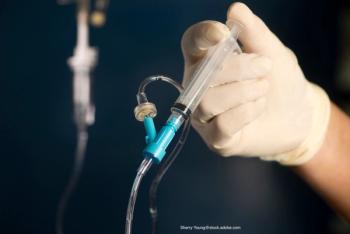
In an emergency, automated dispensing cabinets can prevent unnecessary delays. Knowing the agents most needed in the cabinets is an important step to aid in this reduction.
Ms. Hester is Content Specialist with Contemporary OB/GYN and Contemporary Pediatrics.

In an emergency, automated dispensing cabinets can prevent unnecessary delays. Knowing the agents most needed in the cabinets is an important step to aid in this reduction.

Your weekly roundup of the latest news from Drug Topics®.

Cold-chain packaging represents a great deal of cost and environmental impact. Eco-friendly packaging could reduce both.
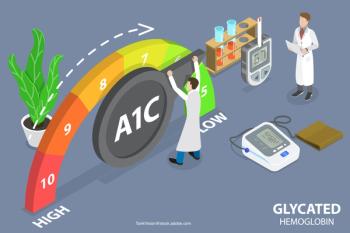
Pharmacy residents can aid in effectively improving HbA1c levels in patients.

Complex diseases can be difficult to manage for optimal outcomes. Monitoring programs of therapies can help with that management

The biosimilar has a list price 40% less than its reference product.

Bar code medication administration has been moved beyond inpatient areas, but compliance may require improvement.

With the current labor shortage, understanding why pharmacy technicians stay in their jobs is important.

Your weekly roundup of the latest news from Drug Topics®.

Your weekly roundup of the latest news from Drug Topics®.

Pediatric patients taking 4 or more medications were more likely to experience medication errors.
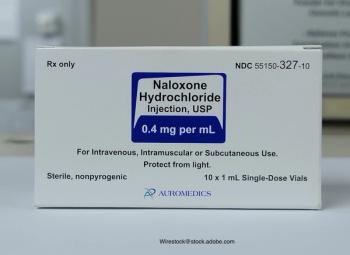
Current data about naloxone use in pediatric populations is extrapolated from adult studies.

High-dose haloperidol and aprepitant were both associated with emergency department discharge.

Take a look back at our most popular news from May 2022.

While antibiotic dosing was correct, therapy duration was frequently inappropriate.

Your weekly roundup of the latest news from Drug Topics®.

Your weekly roundup of the latest news from Drug Topics®.

The test will be available direct to consumers without a prescription.

Families often turn to supplementation to ensure that children are getting the necessary nutrients

Moderna has released preliminary data from the company's phase 2/3 trial of the vaccine in children aged younger than 6 years.

A baseline of dosing errors can lead to a framework to improve antibiotic prescribing habits.
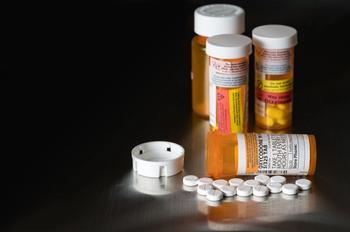
Can an educational game could be an effective way to improve opioid knowledge and safety for teenagers?

Recent changes in regulations mean that pharmacists are able to administer vaccines to children as young as 3.

Drug allergies can impact what plan of care is developed for an ill child. An investigation discusses what leads to children receiving a penicillin allergy label in their electronic health records.

A large cohort study offers important data on what factors are frequently tied to severe cases of COVID-19 in the pediatric population.

The days of blanket mitigation strategies to protect children from COVID-19 are becoming a thing of the past. One model sheds light onto determining when strategies can be relaxed.

The FDA meeting to discuss extending the Pfizer/BioNTech EUA to children aged 6 months to 4 years has been postponed until data on a third dose has been studied.

The safety of the Pfizer/BioNTech COVID-19 vaccine in pregnant women, for both mother and baby, has been dependent on observation during the rollout. A large population trial provides further support for the vaccine’s safety.

The move is supported by data from a Phase 3 trial that evaluated the efficacy and safety of dupilumab in addition to standard-of-care topical corticosteroids.
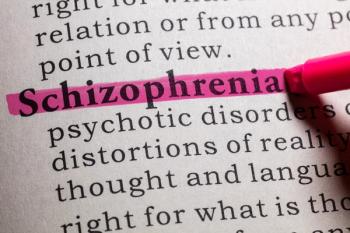
Abigail Donovan, MD, discusses what brexpiprazole can do for treating schizophrenia in older children.